Home>Gardening & Outdoor>Landscaping Ideas>When To Put Lime On Bermuda Grass
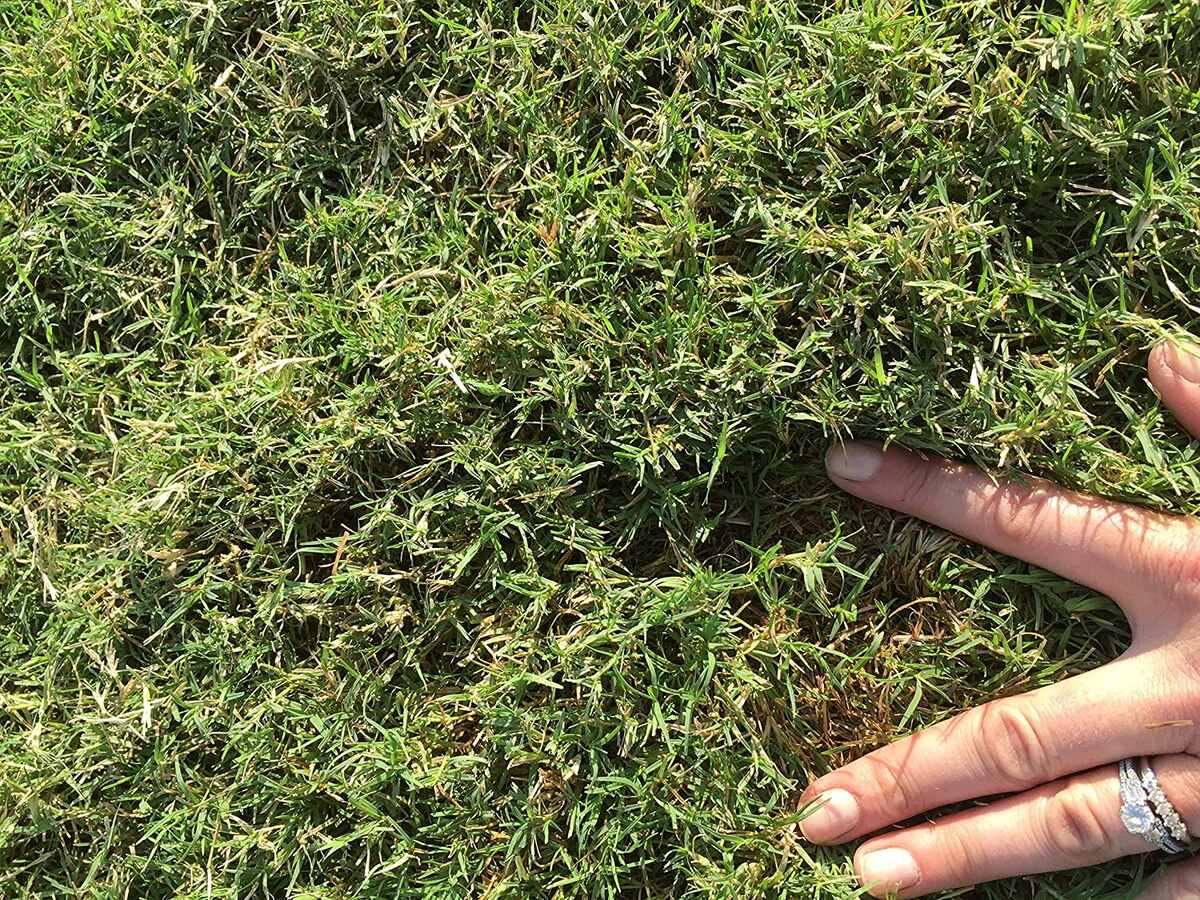

Landscaping Ideas
When To Put Lime On Bermuda Grass
Modified: October 20, 2024
Discover the best time to apply lime on Bermuda grass for optimal growth and health. Get expert landscaping ideas and tips for a lush, vibrant lawn.
(Many of the links in this article redirect to a specific reviewed product. Your purchase of these products through affiliate links helps to generate commission for Storables.com, at no extra cost. Learn more)
Introduction
Bermuda grass is a popular choice for lawns due to its resilience and ability to thrive in various climates. However, maintaining a healthy Bermuda grass lawn requires attentive care and periodic adjustments to the soil's pH levels. One crucial aspect of Bermuda grass maintenance is knowing when and how to apply lime to the soil. Lime plays a vital role in balancing the soil's acidity, which directly impacts the overall health and vibrancy of the grass.
In this comprehensive guide, we will delve into the intricacies of Bermuda grass maintenance, focusing specifically on the strategic use of lime. You will gain valuable insights into the optimal timing for lime application, the key benefits of using lime, and the telltale signs that your Bermuda grass is in need of this essential soil amendment. Additionally, we will explore the precise methods for applying lime to your Bermuda grass to ensure a lush, thriving lawn.
Whether you're a seasoned lawn care enthusiast or a novice homeowner seeking to elevate your landscaping prowess, this guide will equip you with the knowledge and confidence to make informed decisions regarding your Bermuda grass maintenance. Join us on this enlightening journey as we uncover the art and science of nurturing vibrant Bermuda grass through the strategic application of lime.
Key Takeaways:
- Applying lime to Bermuda grass helps balance soil acidity, enhances nutrient availability, suppresses weeds, and promotes long-term soil health, leading to a vibrant and resilient lawn.
- Signs that your Bermuda grass may need lime include poor growth, yellowing of grass, weed proliferation, compacted soil, and symptoms of aluminum toxicity. Timing and method of lime application are crucial for optimal results.
Read more: When To Put Down Bermuda Seed
Understanding Bermuda Grass
Bermuda grass, scientifically known as Cynodon dactylon, is a warm-season grass prized for its exceptional durability and resilience. It thrives in regions with hot summers and mild winters, making it a popular choice for lawns, parks, and athletic fields in these climates. This grass variety is characterized by its fine texture, vibrant green hue, and rapid growth, making it an ideal option for those seeking a lush, verdant lawn.
One of the key attributes of Bermuda grass is its remarkable tolerance to foot traffic, making it an excellent choice for high-traffic areas such as sports fields and playgrounds. Additionally, Bermuda grass exhibits robust drought resistance, enabling it to endure prolonged periods of limited rainfall without sacrificing its lush appearance.
When properly maintained, Bermuda grass forms a dense, uniform turf that effectively crowds out weeds and withstands various environmental stressors. However, to ensure the continued health and vigor of Bermuda grass, it is essential to monitor and optimize the soil conditions in which it grows.
Understanding the unique characteristics and growth patterns of Bermuda grass is fundamental to implementing effective maintenance strategies. By familiarizing yourself with the specific needs of this resilient grass variety, you will be better equipped to provide the care and nourishment it requires to thrive.
Now that we have established a foundational understanding of Bermuda grass, let’s delve into the pivotal role of lime in maintaining optimal soil conditions for this beloved warm-season grass.
Benefits of Using Lime on Bermuda Grass
Applying lime to Bermuda grass offers a multitude of benefits that directly contribute to the overall health and vitality of the lawn. The primary function of lime is to neutralize soil acidity, a critical factor in fostering an optimal environment for Bermuda grass to thrive.
Here are the key benefits of using lime on Bermuda grass:
- Soil pH Balance: Lime plays a pivotal role in regulating soil pH levels, ensuring that the acidity or alkalinity of the soil remains within the optimal range for Bermuda grass growth. By neutralizing excessive acidity, lime creates a balanced pH environment that promotes nutrient uptake and supports the grass’s vigorous development.
- Enhanced Nutrient Availability: Balanced soil pH, facilitated by the application of lime, enhances the availability of essential nutrients such as nitrogen, phosphorus, and potassium. This improved nutrient accessibility empowers Bermuda grass to maintain robust growth, vibrant coloration, and overall resilience against environmental stressors.
- Alleviation of Aluminum Toxicity: In acidic soils, aluminum toxicity poses a significant threat to Bermuda grass health, impeding root development and nutrient absorption. Lime application mitigates this risk by effectively reducing the toxic impact of aluminum, thereby safeguarding the grass’s root system and promoting healthy growth.
- Suppression of Weeds and Pests: By fostering an optimal pH environment, lime contributes to the development of a dense, vigorous Bermuda grass turf that naturally suppresses weed growth and minimizes susceptibility to pest infestations. This proactive approach to weed and pest management reduces the need for chemical interventions, aligning with eco-friendly lawn care practices.
- Long-Term Soil Health: The strategic use of lime on Bermuda grass yields enduring benefits for the overall soil health, fostering a stable, fertile foundation for sustained grass vitality. By promoting soil stability and fertility, lime application sets the stage for long-term success in maintaining a vibrant, resilient Bermuda grass lawn.
Understanding the multifaceted advantages of using lime on Bermuda grass underscores its indispensable role in cultivating a thriving, visually captivating lawn. As we continue our exploration, we will delve into the telltale signs that indicate your Bermuda grass may be in need of lime, empowering you to proactively address soil acidity issues and elevate the health of your lawn.
Signs That Your Bermuda Grass Needs Lime
Recognizing the signs that indicate your Bermuda grass may require lime application is crucial for proactive lawn care management. By staying attuned to these indicators, you can address soil acidity issues in a timely manner, thereby safeguarding the health and vibrancy of your Bermuda grass.
Here are the key signs that suggest your Bermuda grass may be in need of lime:
- Poor Grass Growth: If you notice that your Bermuda grass is exhibiting sluggish or stunted growth, it could be indicative of soil acidity impeding the grass’s ability to access essential nutrients. Lime application can rectify this issue by restoring a balanced pH environment that promotes robust grass growth.
- Yellowing of Grass: Yellowing or chlorosis of Bermuda grass leaves is a common symptom of acidic soil conditions. When the soil pH is imbalanced, the grass may struggle to absorb vital nutrients, leading to discoloration and diminished vigor. Applying lime can rectify this issue, revitalizing the grass’s lush green hue.
- Weed Proliferation: Acidic soil provides an opportune environment for weeds to thrive, potentially encroaching upon the Bermuda grass and detracting from its overall health and appearance. If you observe an uptick in weed growth within your lawn, it may signal the need for lime to rebalance the soil pH and suppress weed proliferation.
- Compacted Soil: Soil compaction can exacerbate acidity issues, hindering the grass’s root development and impeding water and nutrient absorption. If your lawn soil exhibits signs of compaction, such as poor drainage and reduced aeration, lime application can help alleviate these challenges, fostering a more hospitable environment for Bermuda grass roots.
- Aluminum Toxicity Symptoms: Bermuda grass is particularly sensitive to aluminum toxicity in acidic soils, which can manifest as root damage and impaired nutrient uptake. If you observe signs of stunted root growth or nutrient deficiencies in your grass, addressing soil acidity through lime application is imperative to mitigate aluminum toxicity effects.
By remaining vigilant and responsive to these signs, you can proactively address soil acidity issues and fortify the foundation upon which your Bermuda grass thrives. As we delve into the optimal timing for lime application, you will gain valuable insights into the strategic approach to nurturing a vibrant, resilient lawn.
Apply lime to Bermuda grass in the late fall or early spring to raise soil pH and improve nutrient uptake. Avoid applying lime during hot, dry periods.
Best Time to Apply Lime on Bermuda Grass
Timing plays a pivotal role in the effectiveness of lime application on Bermuda grass, as optimal soil conditions and grass growth stages influence the impact of this essential soil amendment. Identifying the best time to apply lime is crucial for maximizing its benefits and ensuring the sustained health and vibrancy of your Bermuda grass lawn.
The ideal timing for applying lime to Bermuda grass is influenced by several key factors, including:
- Soil Testing: Conducting a comprehensive soil test is the foundational step in determining the precise timing and quantity of lime required for your lawn. By assessing the current pH levels and nutrient composition of the soil, you can tailor the lime application to address specific soil deficiencies and acidity imbalances.
- Grass Dormancy: The dormant season, typically in late fall or early winter, presents an opportune window for lime application. During this period, Bermuda grass is less actively growing, allowing the lime to penetrate the soil and initiate the pH-balancing process without interrupting the grass’s active growth cycle.
- Pre-Emergent Weed Control: Coordinating lime application with pre-emergent weed control measures, often undertaken in early spring, can optimize the efficacy of both practices. By addressing soil acidity and weed management in tandem, you can set the stage for robust Bermuda grass growth while minimizing weed encroachment.
- Post-Aeration and Overseeding: Incorporating lime application into post-aeration and overseeding efforts, typically performed in late spring or early summer, can synergistically enhance the soil structure and nutrient availability for Bermuda grass. This strategic timing aligns lime application with key lawn revitalization activities, fostering comprehensive lawn health.
By strategically aligning lime application with the specific growth stages and maintenance activities of Bermuda grass, you can optimize the impact of this vital soil amendment, setting the stage for sustained grass vigor and resilience.
As we transition to exploring the precise methods for applying lime on Bermuda grass, you will gain invaluable insights into the practical implementation of this essential maintenance practice, empowering you to elevate the health and beauty of your lawn with confidence and expertise.
Read more: When To Plant Bermuda Grass
How to Apply Lime on Bermuda Grass
Implementing the proper techniques for applying lime on Bermuda grass is essential to ensure the even distribution and effective integration of this soil amendment. By adhering to best practices and strategic approaches, you can optimize the impact of lime application, fostering a balanced pH environment that promotes the sustained health and vibrancy of your Bermuda grass lawn.
Here are the key steps to effectively apply lime on Bermuda grass:
- Conduct a Soil Test: Before applying lime, perform a thorough soil test to assess the current pH levels and identify any nutrient deficiencies. This will guide the precise quantity of lime needed to rebalance the soil and support optimal grass growth.
- Choose the Right Lime Type: Select the appropriate type of lime based on the soil test results and recommendations. Common options include fast-acting pelletized lime and traditional agricultural lime, each offering distinct benefits in terms of application convenience and gradual pH adjustment.
- Calculate the Application Rate: Determine the optimal amount of lime to apply based on the soil test results and the targeted pH adjustment. Follow the recommended application rates provided by the soil test analysis to achieve the desired soil pH balance.
- Utilize a Spreader for Even Distribution: Employ a broadcast spreader or drop spreader to ensure uniform coverage of the lime across the lawn surface. This facilitates consistent soil pH modification and minimizes the risk of over-application in specific areas.
- Coordinate with Rainfall or Irrigation: Ideally, apply lime when rainfall is forecasted or coordinate the application with scheduled irrigation. This enables the lime to dissolve and penetrate the soil effectively, initiating the pH-balancing process and promoting nutrient accessibility for the Bermuda grass roots.
- Monitor and Reassess: After applying the lime, monitor the grass’s response and periodically reassess the soil pH to gauge the impact of the application. Adjust future lime applications based on ongoing soil testing and the evolving needs of your Bermuda grass lawn.
By meticulously following these steps and integrating precision into the lime application process, you can cultivate an optimal soil environment for Bermuda grass growth, fostering a lush, resilient lawn that captivates with its vibrant green expanse.
As we conclude our exploration of lime application on Bermuda grass, you are now equipped with the knowledge and practical insights to elevate your lawn care endeavors, nurturing a thriving Bermuda grass landscape with finesse and expertise.
Conclusion
Embarking on the journey of Bermuda grass maintenance entails a profound appreciation for the intricate interplay between soil health, grass vitality, and strategic interventions such as lime application. By delving into the nuances of nurturing Bermuda grass through the strategic use of lime, you have gained invaluable insights into the art and science of cultivating a vibrant, resilient lawn that serves as a testament to your landscaping prowess.
From understanding the unique characteristics of Bermuda grass to discerning the optimal timing for lime application, you have embraced the multifaceted facets of effective lawn care management. By recognizing the signs that signal your Bermuda grass’s need for lime and mastering the art of skillful application, you have positioned yourself as a steward of unparalleled expertise in fostering a thriving Bermuda grass landscape.
As you traverse the seasons, tending to your Bermuda grass with diligence and insight, remember that the journey of lawn care is an ever-evolving tapestry of observation, adaptation, and nurturing. By remaining attuned to the evolving needs of your Bermuda grass and leveraging the transformative power of lime application, you are poised to sculpt a landscape that embodies the epitome of natural beauty and vitality.
Armed with the knowledge gleaned from this guide, you possess the acumen to orchestrate a symphony of lime-infused soil balance, vibrant grass growth, and enduring resilience. Your Bermuda grass lawn stands as a testament to your unwavering dedication to harmonizing the elements of nature with the artistry of thoughtful care, resulting in a living masterpiece that captivates and inspires.
As you continue your odyssey of Bermuda grass stewardship, may the wisdom and insights garnered from this guide serve as your compass, guiding you toward a landscape that flourishes with the boundless exuberance of Bermuda grass at its zenith.
Frequently Asked Questions about When To Put Lime On Bermuda Grass
Was this page helpful?
At Storables.com, we guarantee accurate and reliable information. Our content, validated by Expert Board Contributors, is crafted following stringent Editorial Policies. We're committed to providing you with well-researched, expert-backed insights for all your informational needs.
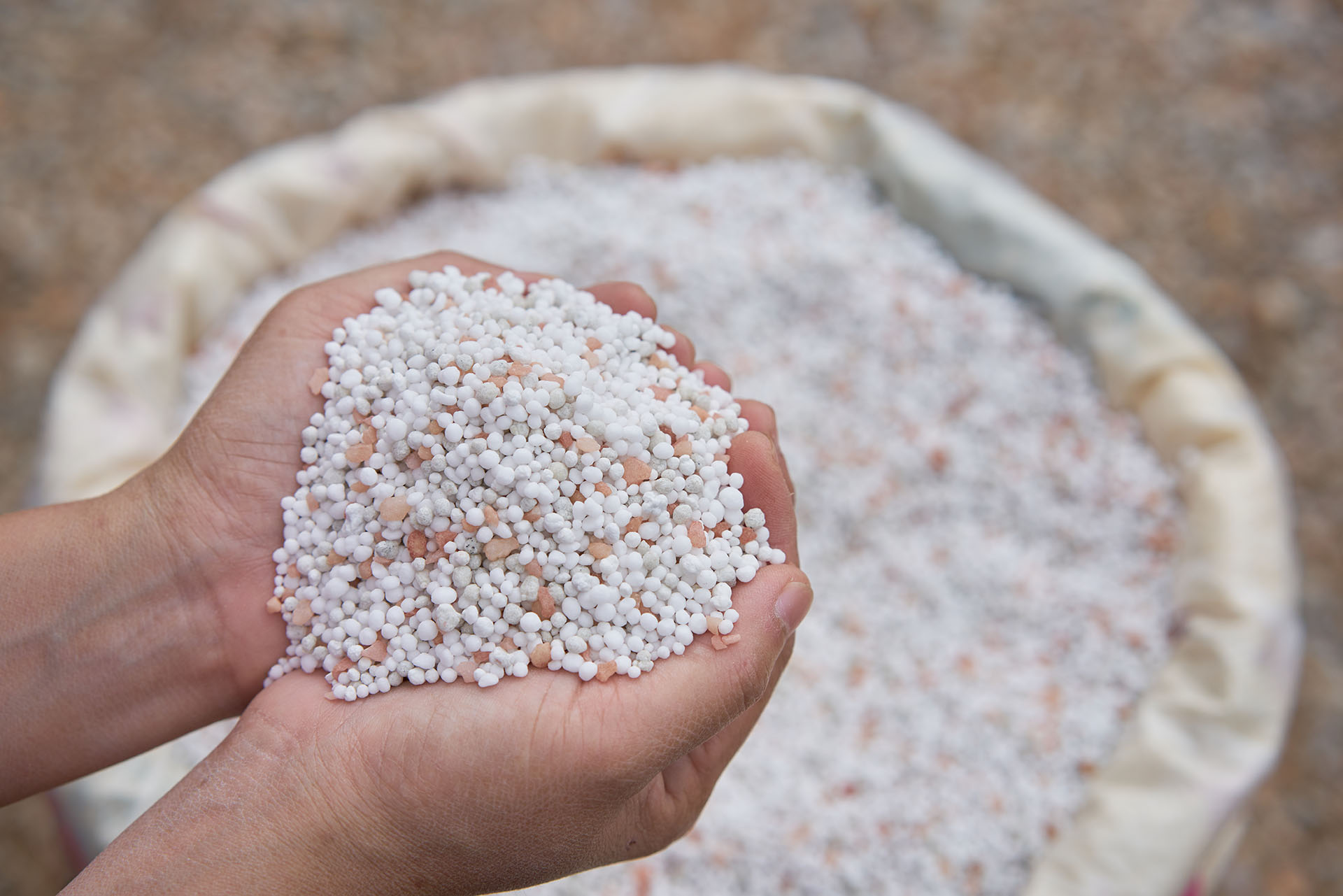
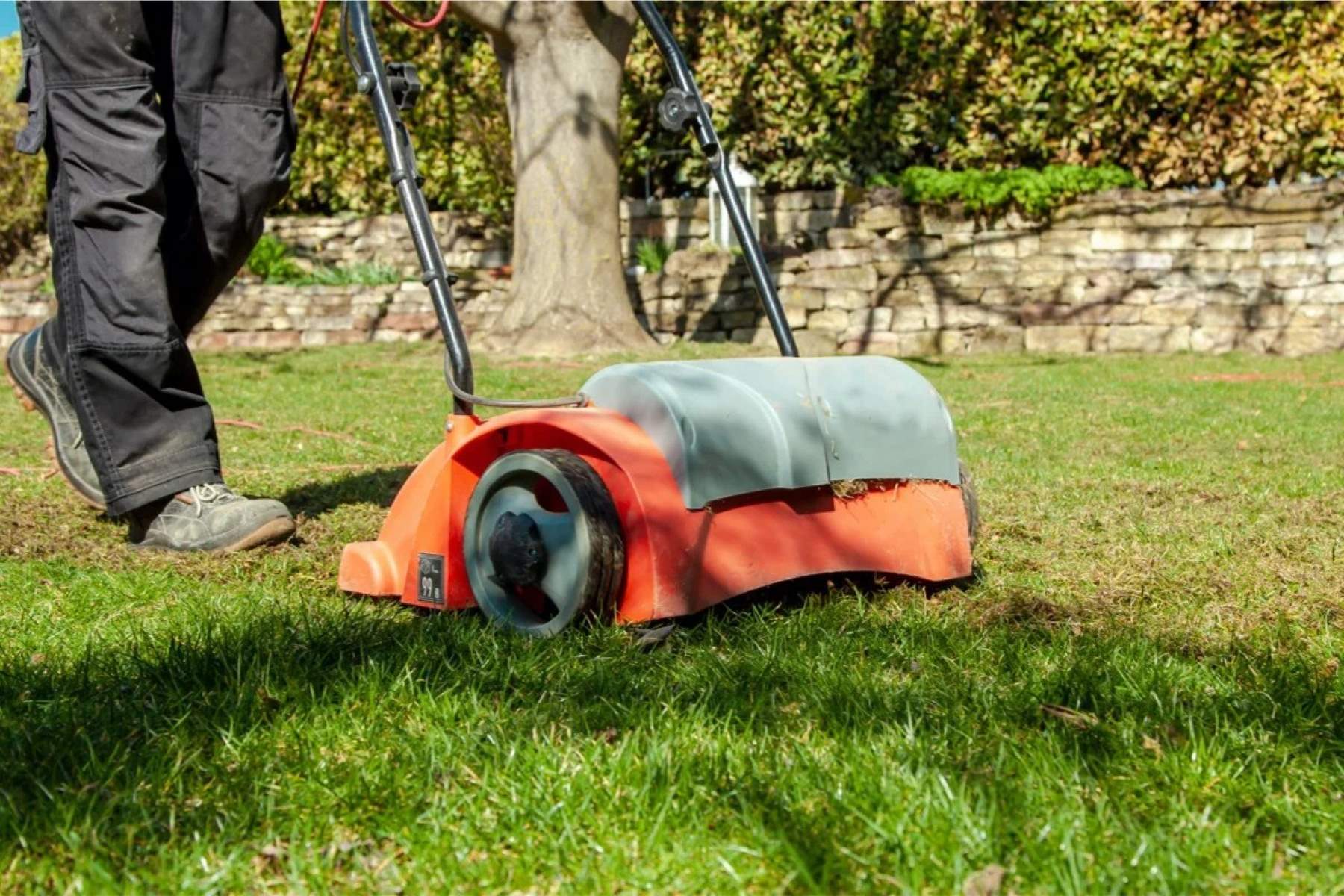
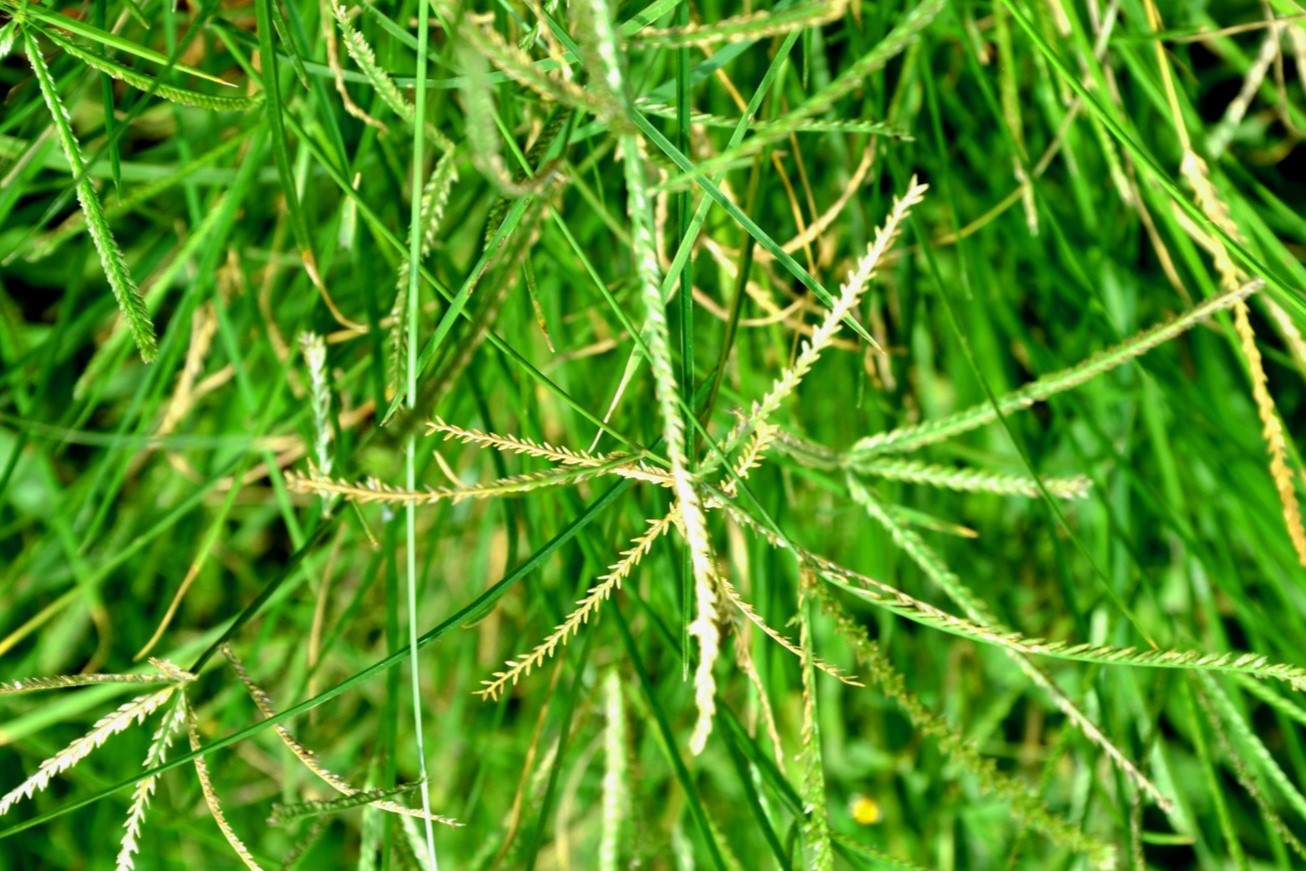
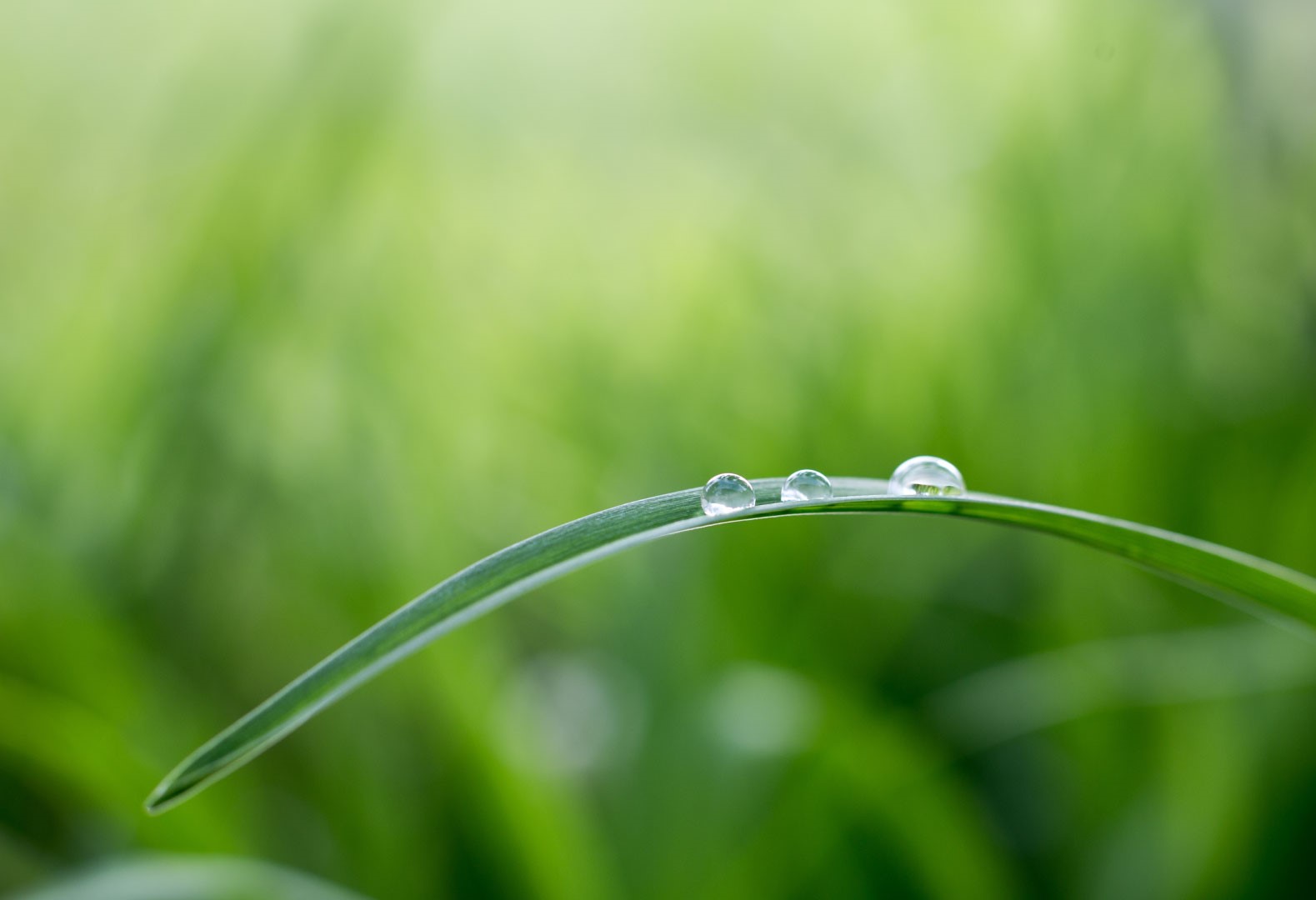



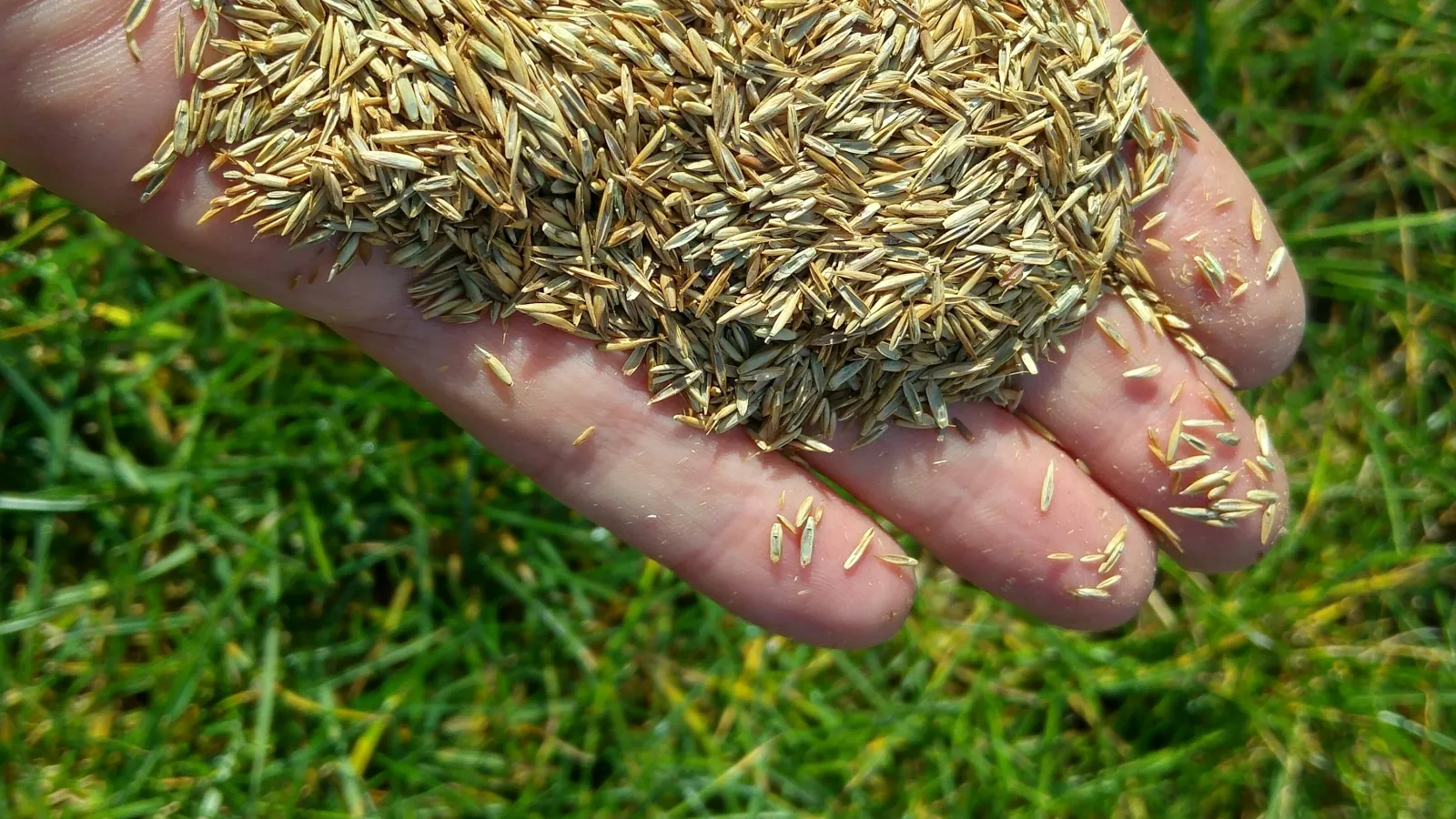
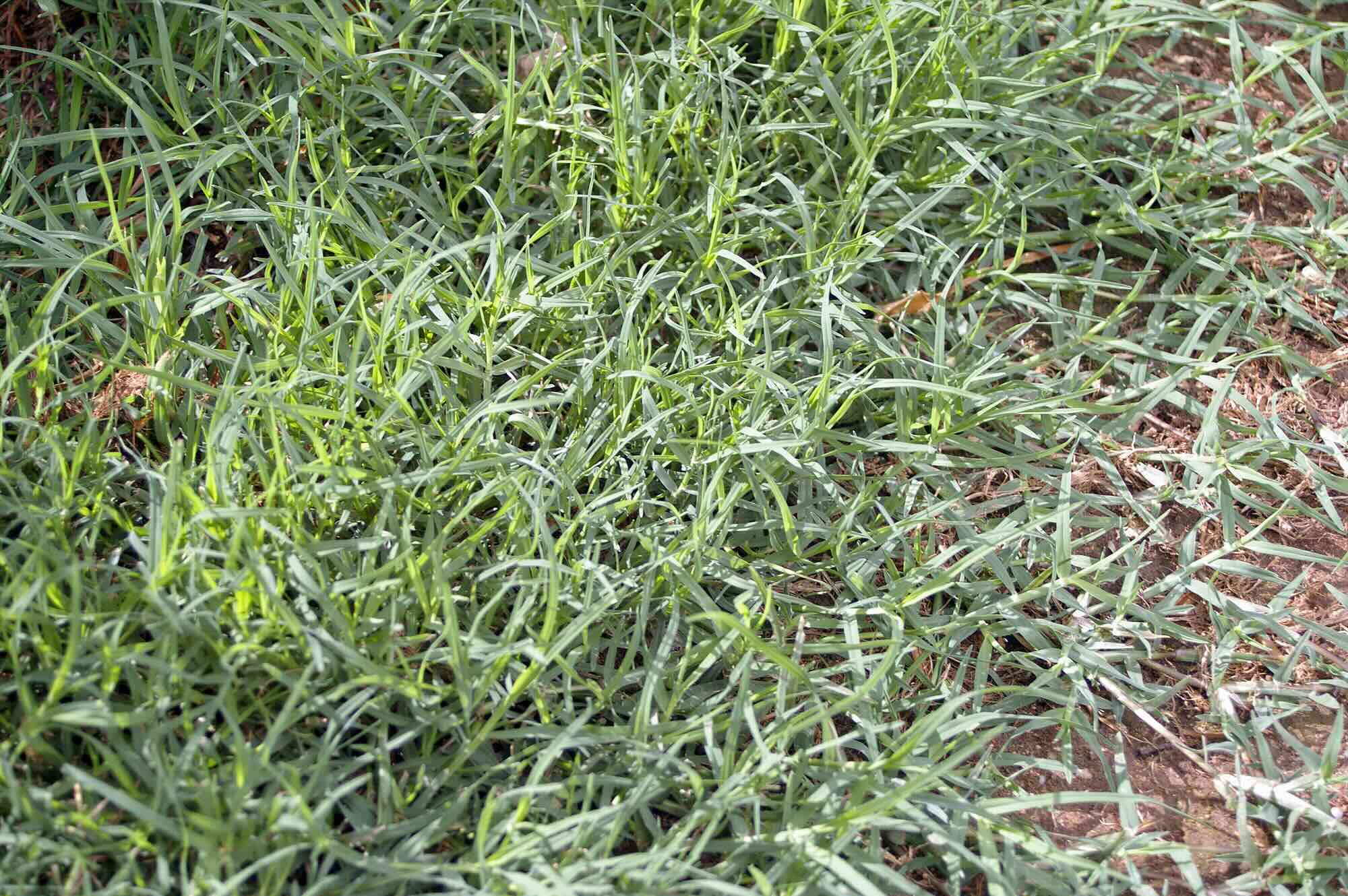
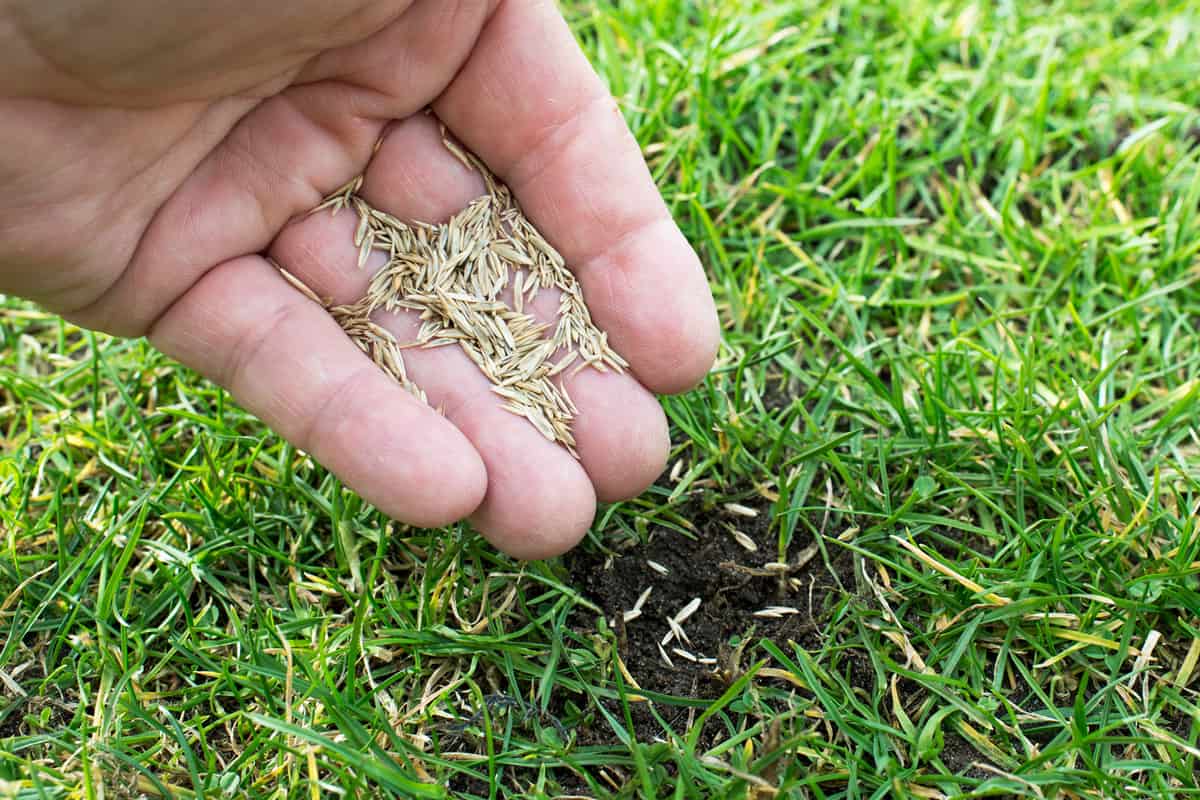
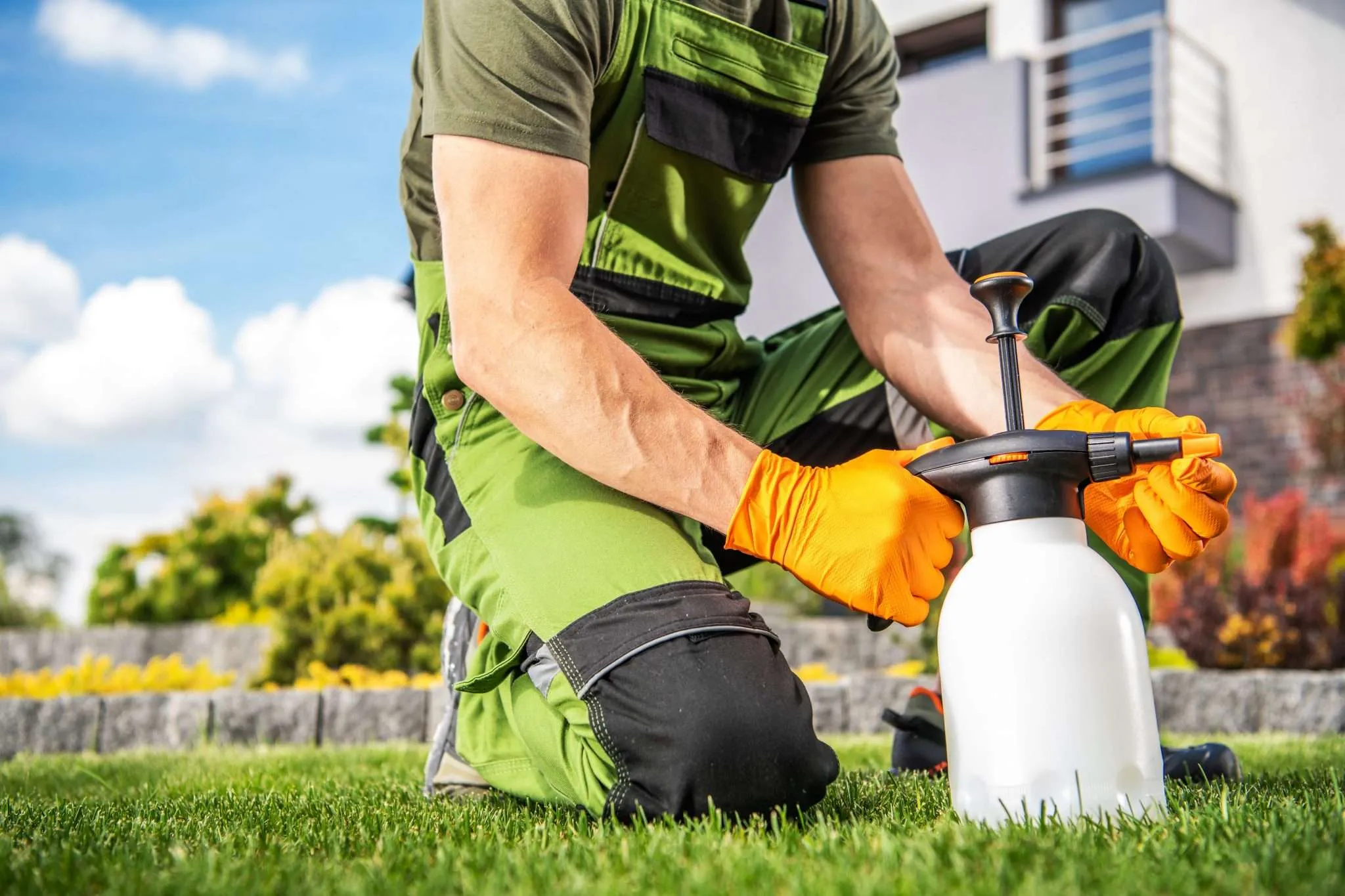
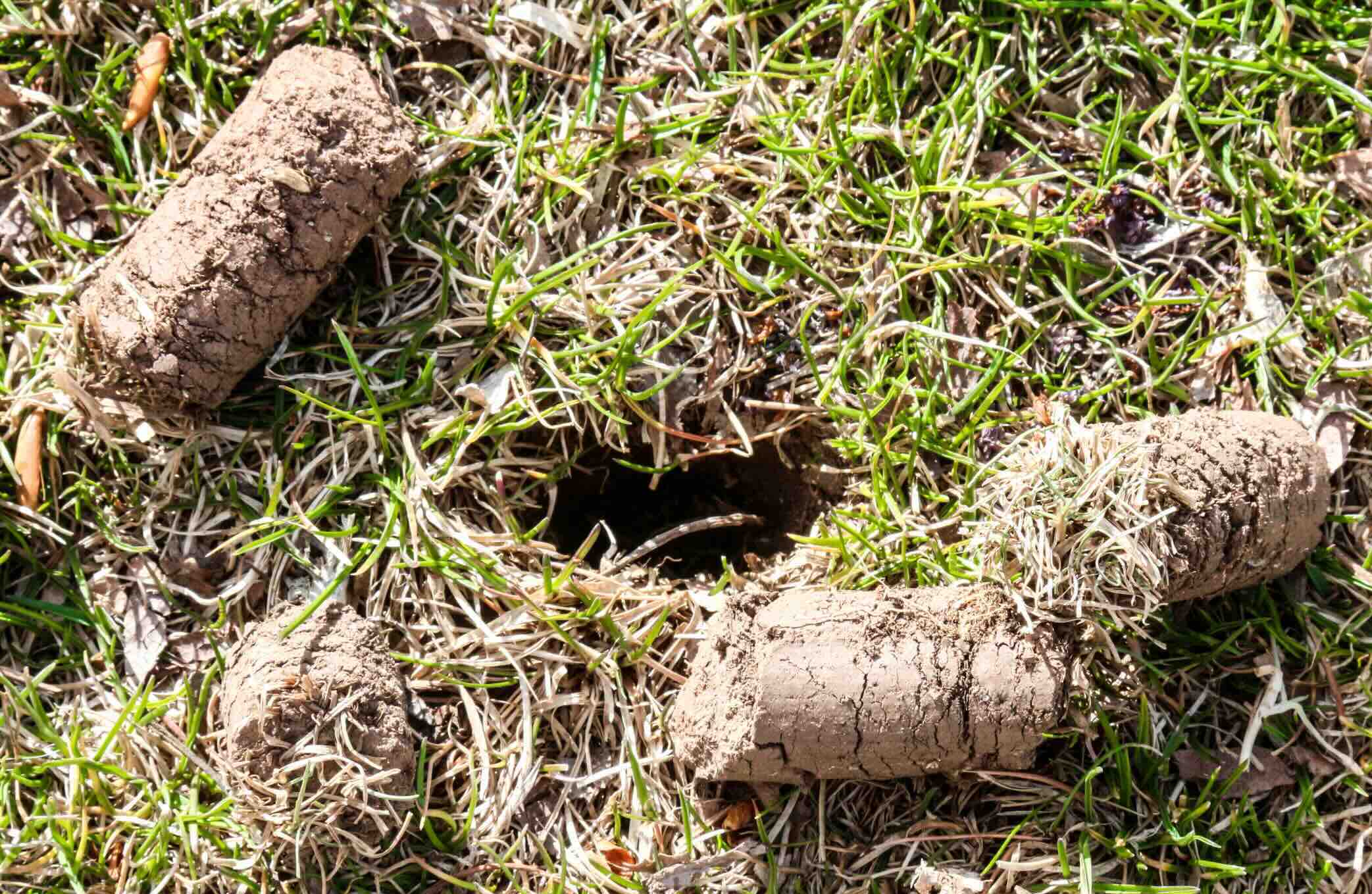

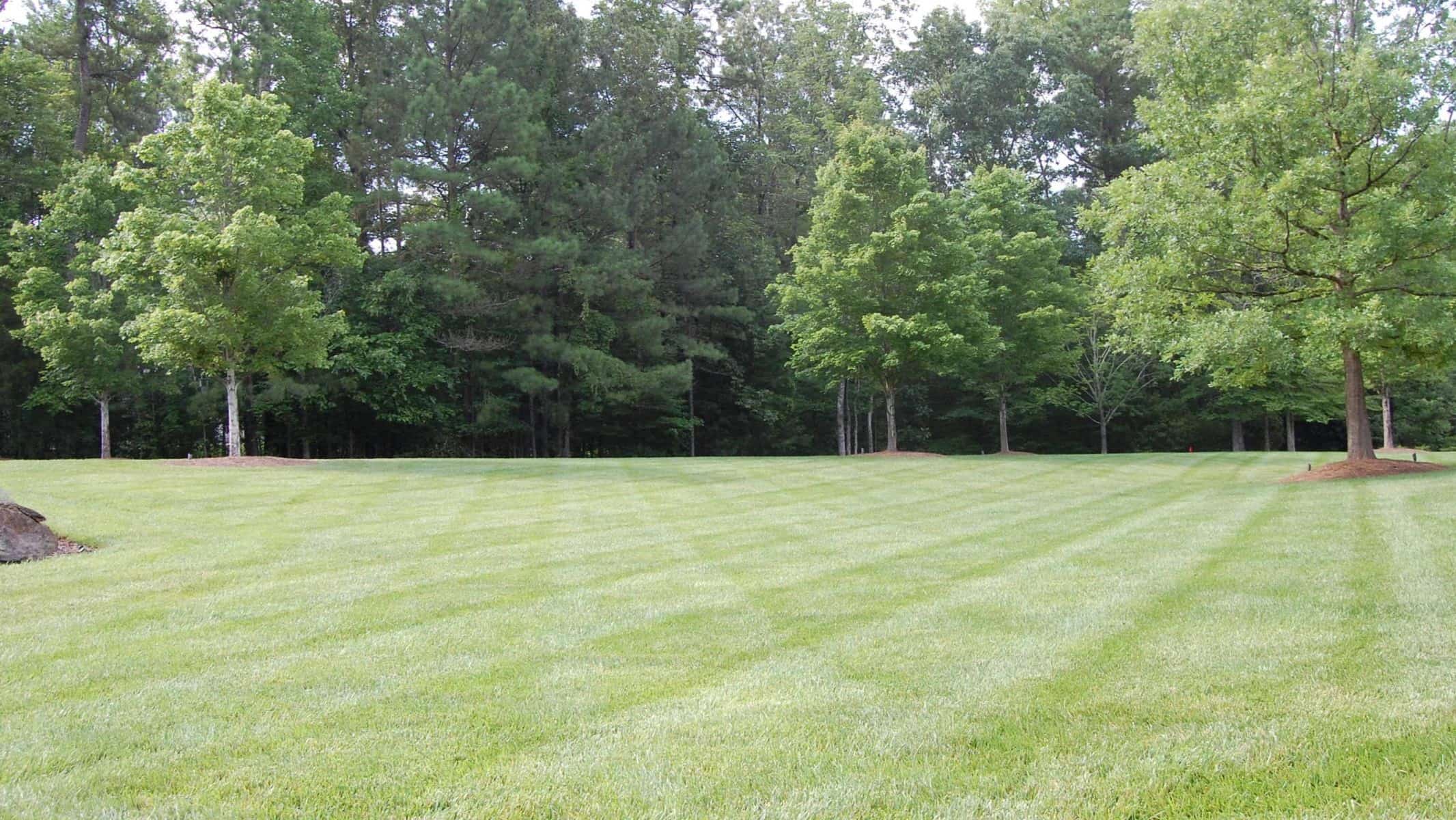

0 thoughts on “When To Put Lime On Bermuda Grass”